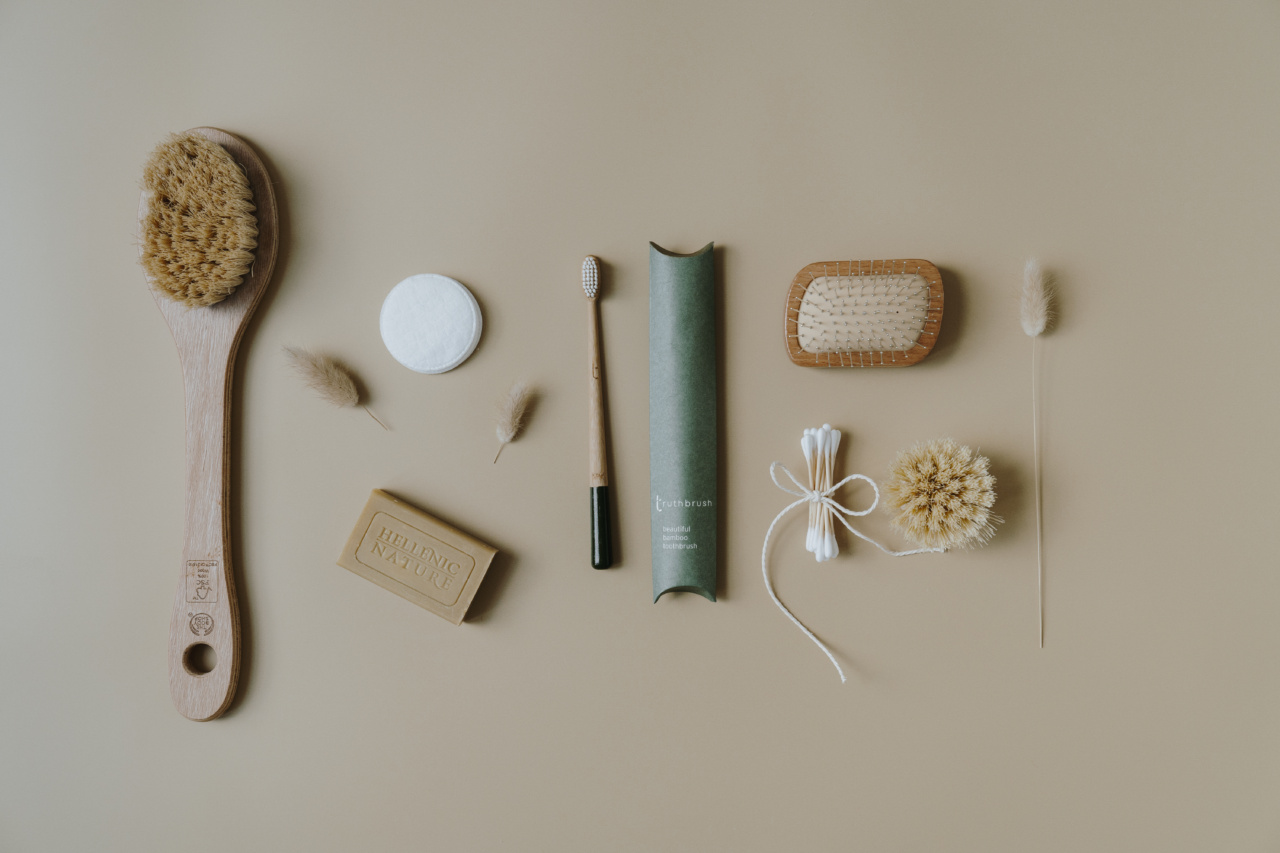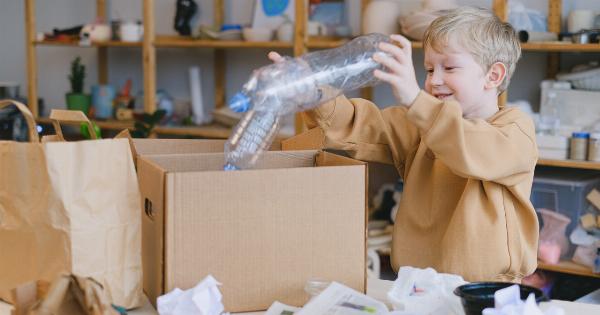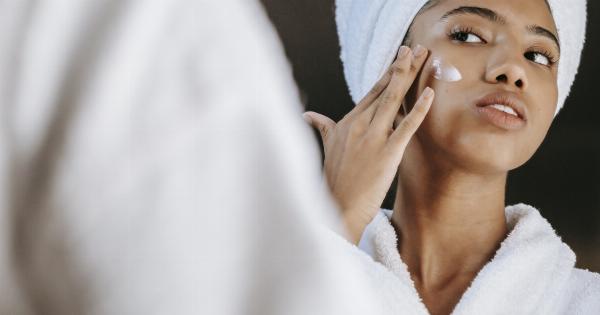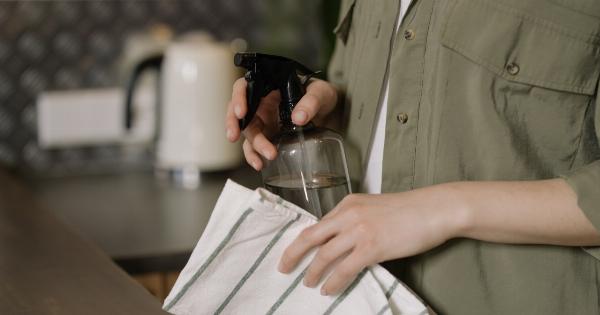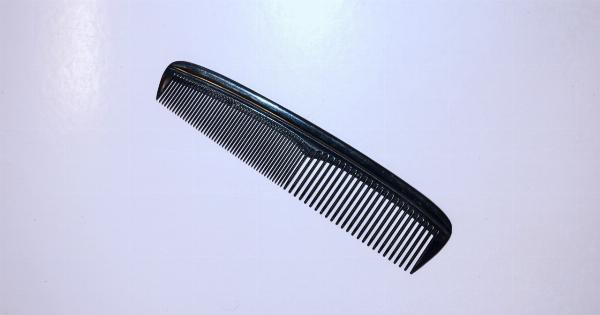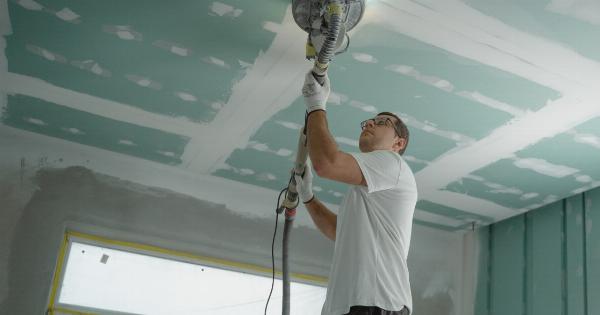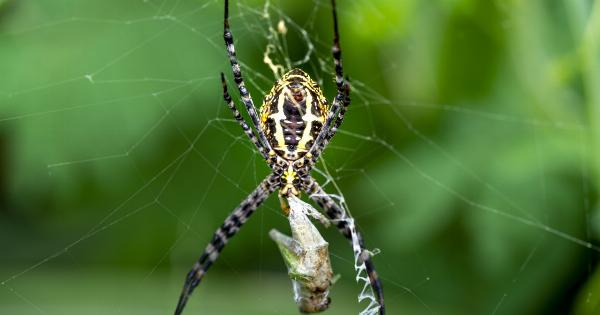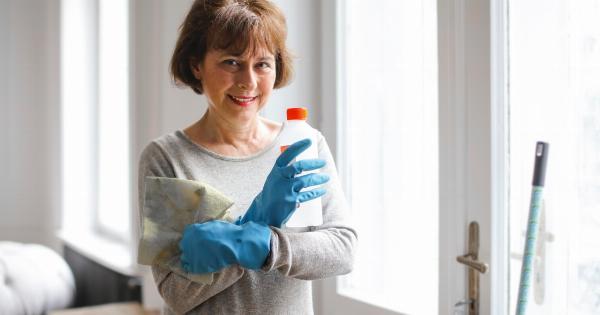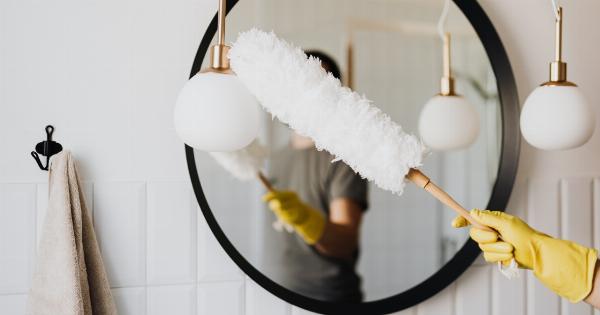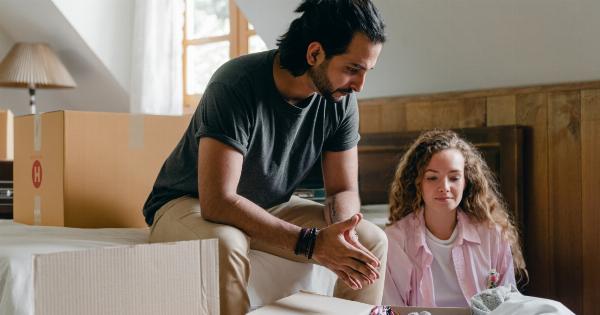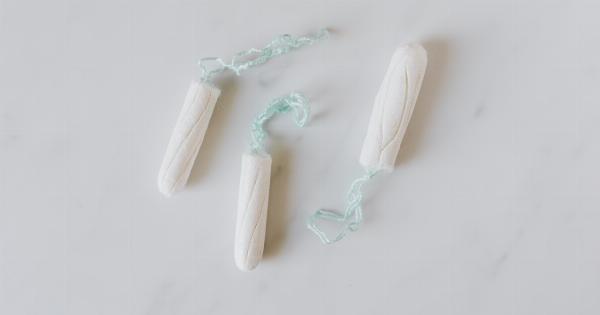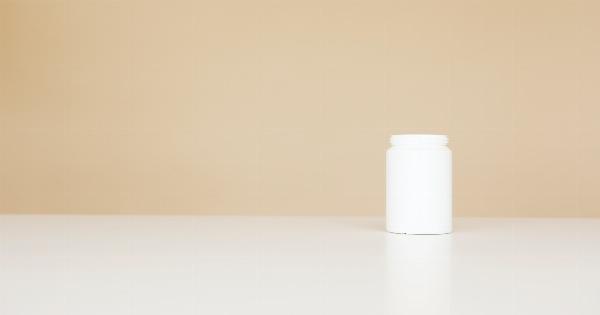Keeping your home clean and tidy is essential for a healthy living environment. However, when you have children, it’s crucial to use caution when selecting and using cleaning products.
Many common household cleaners contain chemicals that can be harmful to young ones. In this article, we will explore the potential dangers of cleaning products and provide you with important information to keep your children safe.
Understanding the Risks
Children are more vulnerable to the effects of cleaning products due to their smaller size and developing bodies.
Exposure to certain chemicals found in cleaning products can lead to various health issues such as respiratory problems, skin irritations, allergies, and even more serious conditions. It’s crucial to be aware of these risks and take appropriate measures to protect your children.
Choose Safer Alternatives
When shopping for cleaning products, opt for safer alternatives that are free from harmful chemicals.
Look for products with labels such as “non-toxic,” “eco-friendly,” or “natural.” These products are typically made from plant-based ingredients and are considered safer for children and the environment. Many reputable brands now offer a range of child-friendly cleaning solutions.
Reading and Understanding Labels
Before using any cleaning product, it’s essential to read and understand the labels thoroughly. Labels provide valuable information about the ingredients used and potential hazards associated with the product.
Look for products specifically designated as child-safe or child-friendly. Avoid products with warning labels indicating toxicity, flammability, or corrosiveness.
Proper Storage
Storing cleaning products safely is just as important as selecting the right ones. Keep all cleaning products out of reach and sight of children, preferably in a locked cabinet or high shelf.
Even products labeled as child-friendly should not be easily accessible by curious little hands. It’s also essential to keep cleaning products in their original containers and avoid transferring them to different bottles, as this can lead to confusion or accidents.
Childproofing Your Environment
Aside from proper storage, childproofing your environment is crucial to minimize the risks associated with cleaning products. Install safety latches on cabinets, drawers, and any other storage areas where cleaning products are kept.
Consider using childproof doorknob covers to prevent young children from accessing different areas of your home where cleaning products might be stored.
Teach and Supervise
Educating your children about the potential dangers of cleaning products plays a vital role in their safety. Teach them not to touch or consume any cleaning products and explain the importance of leaving them undisturbed.
Children love to imitate adults, so involving them in cleaning chores with child-friendly, non-toxic products and teaching them proper usage can help instill good habits for a lifetime.
Avoid Aerosol Sprays
Avoid using aerosol sprays, as they can release harmful particles into the air that can be inhaled by children. Instead, opt for safer alternatives like pump sprays or wipes.
If you must use aerosols, ensure proper ventilation by opening windows and keeping children away from the area until the fumes dissipate completely.
Consider DIY Cleaning Solutions
Another alternative to commercial cleaning products is to make your own DIY cleaning solutions. There are plenty of recipes available online that use everyday ingredients such as vinegar, baking soda, lemon juice, and essential oils.
DIY solutions are often cost-effective, safe for children, and environmentally friendly.
Handling Accidents and Emergencies
No matter how careful you are, accidents can still happen. In case of accidental exposure or ingestion of cleaning products, it’s essential to act quickly. Keep the national Poison Control Center’s number handy and follow their advice.
If a child experiences difficulty breathing, seizures, or loss of consciousness, call emergency services immediately.
Conclusion
When it comes to cleaning products and children, being informed and cautious is key.
By choosing safer alternatives, understanding labels, practicing proper storage, childproofing your environment, and educating your children, you can minimize the potential risks associated with cleaning products. Remember, their safety is in your hands!.
